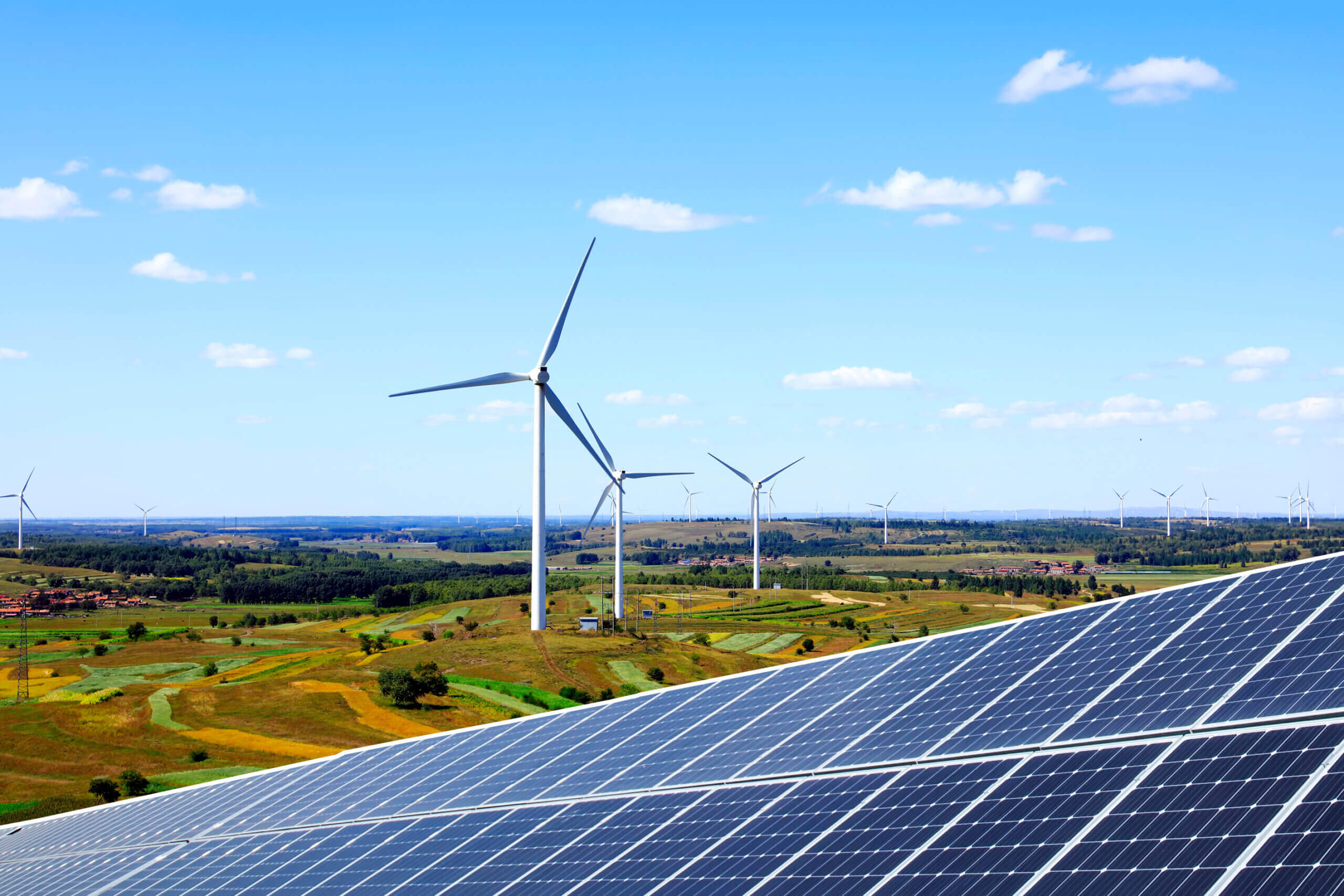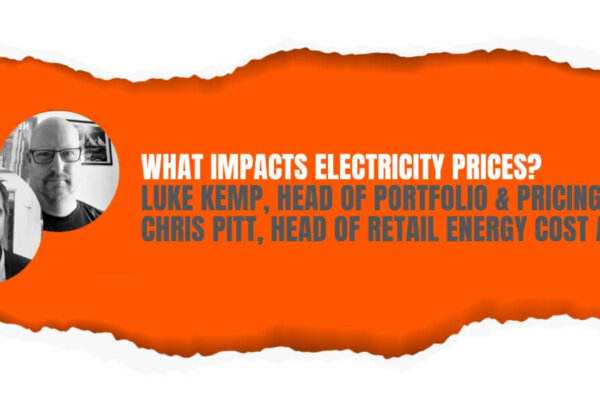UK Government agrees modifications for Allocation Round 7 (AR7) of the Contracts for Difference (CfD) scheme
The UK Government has agreed a series of changes to the next allocation round of the Contracts for Difference (CfD) scheme, following a consultation on proposed changes in February and March.
CfDs are one of the UK Government’s regulatory methods of supporting investment in new renewable energy generation. They are long-term agreements with the Government that secure a fixed price for the power the renewable energy generator produces. This means that if prices are low, the Government will supply the difference, and if prices are high, the generator will pay the excess, creating price certainty for investors and developers.
The CfD scheme has seen recent success, with Allocation Round 6 (AR6) seeing the highest budget yet (£1.56 billion) to support the development of renewable energy projects, bringing the total CfD awarded capacity to 34.74GW. The next auction will be held later this year and will see changes including an increase in the length of new CfD contracts, extending from 15 to 20 years for wind and solar projects. This increase is hoped to boost confidence and price stability, encouraging more renewable generation proposals.
To find out more about this change, visit here15.
NESO releases their Future Energy Scenarios report
NESO have published their 2025 Future Energy Scenarios: Pathways to Net Zero report. This is their first Future Energy Scenarios (FES) report that has been published under NESO’s new title and role as an independent body16, and it provides three pathways for the energy system to move towards net zero.
In the report, NESO highlights that the Government’s Clean Power 2030 Action Plan creates a critical milestone, but that momentum in decarbonisation must continue beyond 2030. The report names four areas which are the ‘critical enablers’ of success, including:
- Policy and innovation to enable energy efficiency improvements and manage growth in demand, and to reduce the cost of energy for consumers.
- Higher levels of demand flexibility to offer more opportunities to make full use of renewable energy. James Kerr, Engagement Lead at NESO, also discussed the importance of demand flexibility at our recent event, which you can read about here.
- Support provided for communities to understand the benefits of renewable energy, to help accelerate the delivery of renewable energy projects.
- Increased adoption of low-carbon technologies.
The foundation for achieving net zero has already been set, the report notes, and now it is crucial that action accelerates.
To read NESO’s full report, visit here17.
The Clean Flexibility Roadmap launched to help reach the Clean Power 2030 Action Plan
The UK Government’s Department for Energy Security and Net Zero has produced a Clean Flexibility Roadmap. The roadmap details plans for creating a more flexible electricity system, which aims to maximise existing renewable infrastructure, minimise system costs, and encourage flexible electricity use from consumers. The roadmap was developed by the UK Government, alongside Ofgem and NESO, and builds upon the Government’s Clean Power 2030 Action Plan.
In the roadmap, the Government commits to providing a governance framework to make sure that all parties deliver on their plans to implement flexibility, as well as ensuring that tailored products and services are available to support consumers in giving flexibility back to the grid.
Flexibility is essential if the UK is to achieve and support a balanced grid that is powered by renewables, and provides numerous opportunities for businesses willing to get involved. If you’d like to find out more about the Government’s roadmap for flexibility, you can visit here18.
Employment in the UK’s ‘green’ economy has increased by 34.6%
According to the Office for National Statistics (ONS), the number of people employed in the UK’s ‘green’ economy has increased, from 513,300 full-time employees in 2015, to 690,900 in 2023. The ‘green’ economy in this context includes three main industries: the waste sector, energy-efficient products group, and the renewable energy sector, and all three have seen a significant rise in employment since 2015.
It’s encouraging to see that the transition to net zero also brings about a rise in employment opportunities, and you can read more about these findings here19.







